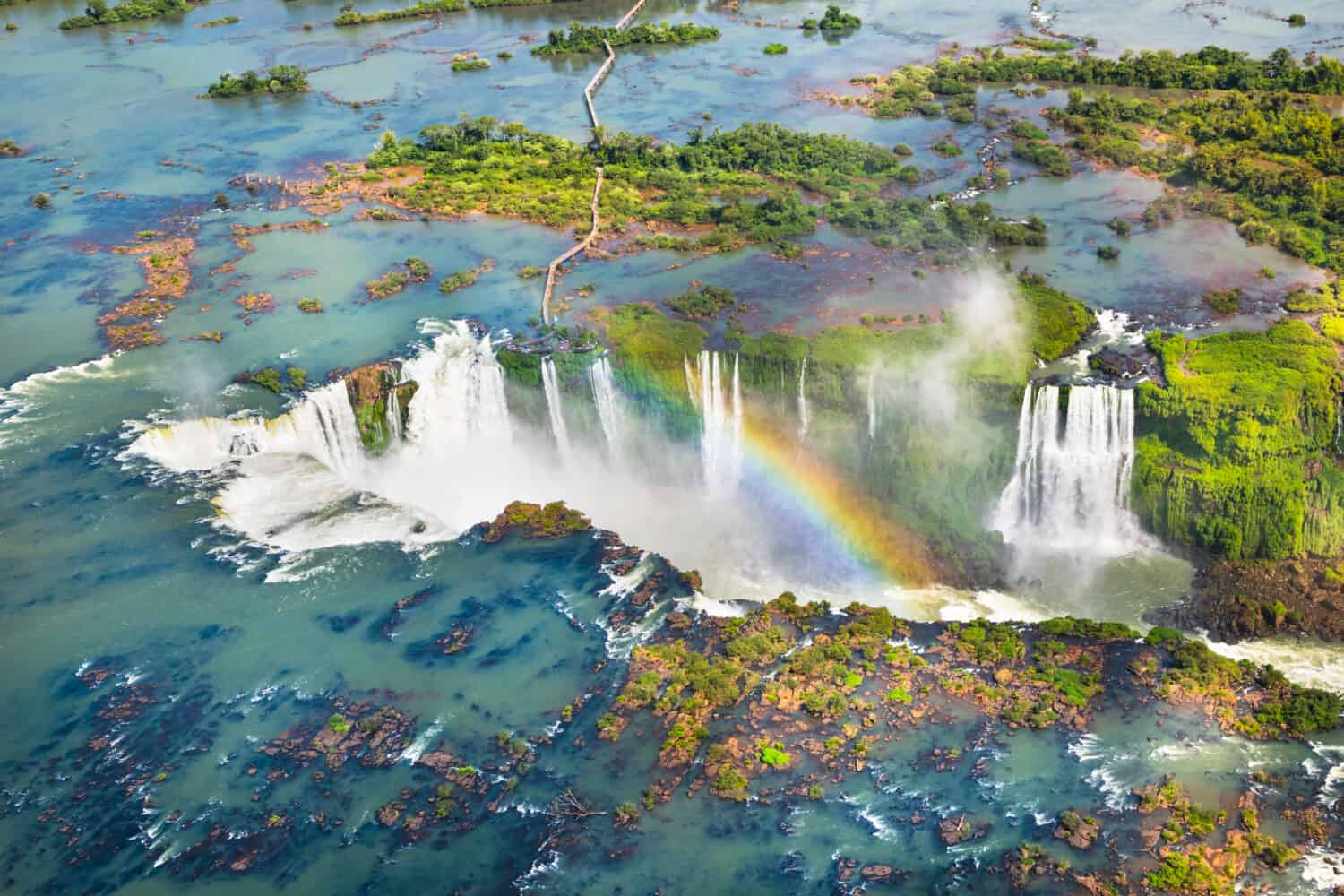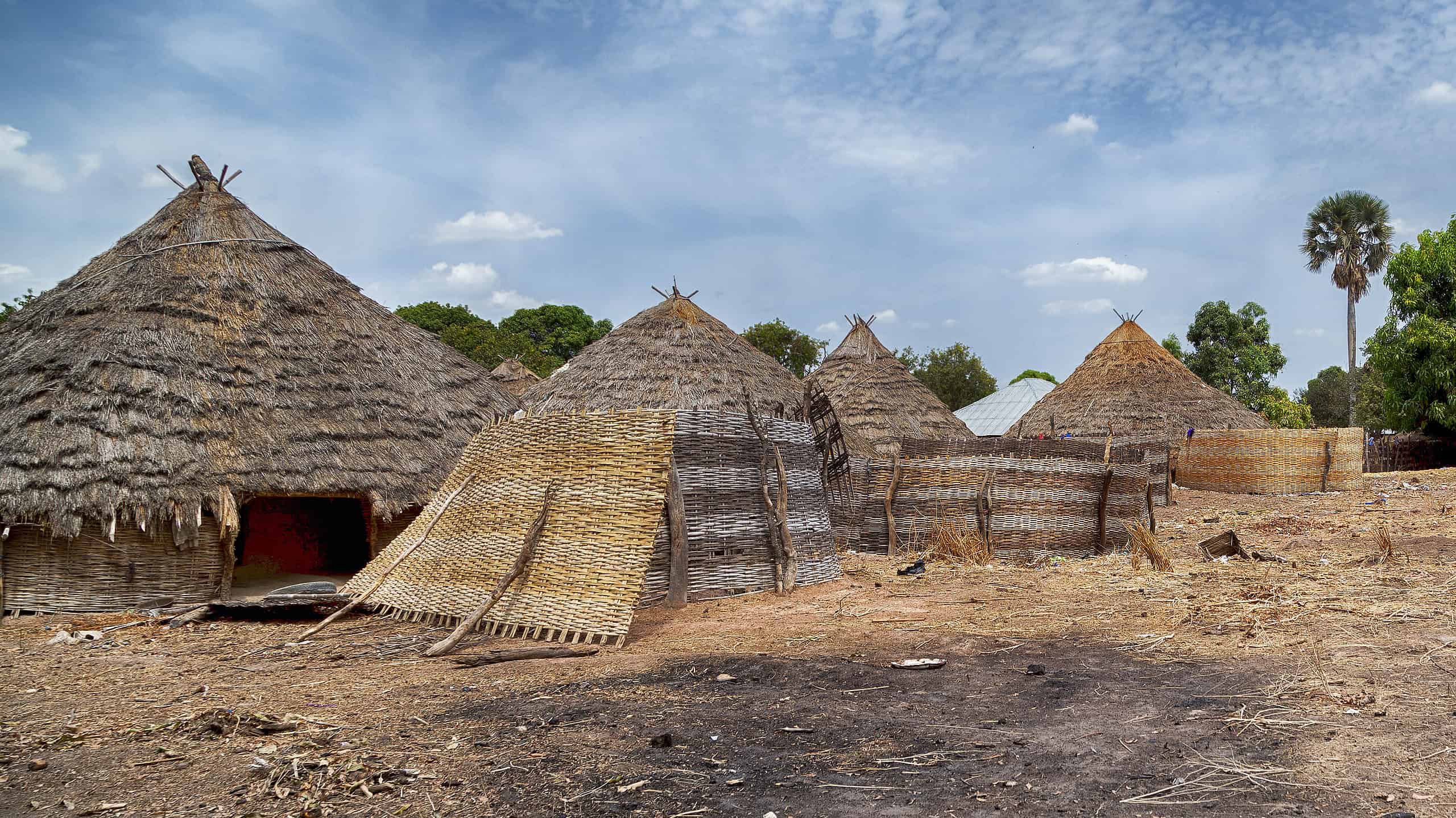Portugal was one of the first European countries to begin exploring and empire-building during the Age of Discovery, starting in the 15th century. Located in the far southwest of Europe on the Atlantic Ocean and close to Africa, it was well positioned to seek its fortunes overseas.
A primary motivation for Portuguese exploration was a search for a trade route from Asia. Luxury goods from Asia, such as Indian and Indonesian spices, Chinese silk, porcelain, and jade objects sold for tremendous profits to Europe’s wealthy elite. Transporting them over land along the Silk Road through Central Asia was dangerous as the route was subject to bandits and other dangers along the way. The Middle East was entirely under the rule of Islamic kingdoms that taxed the goods passing through and were not in the mood to be generous, with memories of the Crusades still in the relatively recent past. Thus, when Portugal figured out how to navigate around Africa and established its own bases along the way, it cut out all the middlemen and was able to amass enormous profits for itself.
Portugal’s empire was superseded by those of Spain, France, and Great Britain, but not before the Portuguese established long-lasting colonies in South America, Africa, and Asia. This article introduces the countries that contained Portuguese colonies.
World Map of Portuguese Colonies

At one time, Portugal had numerous colonies in North and South America, Africa, and Asia.
Portugal founded a few colonies on the coast of Canada to exploit rich fishing grounds but later shifted its focus to South America. Brazil, Angola, and Mozambique were the largest Portuguese colonies in land area, but Portugal also seized numerous islands and bases in other countries to facilitate trade. The practice of slavery was one of the most condemned aspects of Portuguese colonialism. The persistence of Portuguese language and culture in many of their former colonies, especially Brazil, is an enduring legacy today.
Where is Portuguese Spoken Today?

About 230 million people speak Portuguese.
©dabyki.nadya/Shutterstock.com
A Portuguese-speaking country is called a “Lusophone” country. There are about 230 million native speakers of Portuguese in the world and another 25-30 million people who speak it as a second language. It is the 5th-most spoken language on the planet. The following nine countries are part of the Community of Portuguese Language Countries:
- Portugal
- Brazil
- Angola
- Mozambique
- Cape Verde
- Guinea-Bissau
- São Tomé and Príncipe
- Timor-Leste
- Equatorial Guinea
1. Angola

Luanda, Angola’s capital, is one of the most expensive cities in the world.
©Andre Silva Pinto/Shutterstock.com
Angola in southwest Africa was a Portuguese colony from 1575-1975. Cotton was one of its predominant crops and it exported cloth to Europe. It was also a major source of slaves, who were exported to Brazil at a rate of 10,000 a year by the early 17th century. Angolans fought for their independence through years of insurgency long after most of the rest of Africa had been decolonized. After a military coup in Portugal in 1974, the new regime announced its intention to grant independence to its colonies. Angola and the rest of Portugal’s colonies became independent the following year.
2. Brazil

Brazil is world-renowned for its tropical rainforests, rivers, waterfalls, and wildlife.
©Nido Huebl/Shutterstock.com
Portuguese colonization of Brazil started in 1500 and lasted until 1822. Much of the territory was in dispute with Spain until the Pope mediated an agreement that divided the South American continent between them. When Napoleon invaded Portugal in 1807, the country’s royal court moved to Brazil and elevated it to the status of a kingdom. The royal court returned to Portugal in 1821 but Prince Pedro, the heir to the throne, refused to return. He was crowned Brazil’s first king, Dom Pedro I. This marked Brazil’s independence from the Portuguese empire. Today, Brazil is a thriving democracy and rapidly rising economic and political power. Together with Russia, India, China, and South Africa, it is part of the BRICS international development organization.
3. Cape Verde

Cape Verde is a volcanic archipelago of 10 islands in the Atlantic Ocean to the west of Africa.
©Sopotnicki/Shutterstock.com
From 1462-1975 Cape Verde was a Portuguese colony. Because of its dry climate, agriculture was always tenuous on the islands. However, its location made it a strategic hub for the Atlantic slave trade and a resupply point for ships sailing from Portugal to its colonies in South America and Africa. Cape Verde became an independent nation in 1975 when Portugal withdrew from most of its overseas territories.
4. Goa (India)

The architecture of Goa still retains European influences from its colonial past.
Goa is a region on the southwestern Indian coast captured by the Portuguese in 1510. It was their first colony in Asia, and they made it the regional capital of their empire. Portugal managed to keep it under their control for 451 years. India invaded and annexed it in 1961 and it was made a state in 1987. Today it is one of India’s smallest states but has the highest per capita GDP of any of them.
5. Guinea-Bissau

A traditional village in Guinea-Bissau features grass huts.
©Gaborbasch/Shutterstock.com
Guinea-Bissau was part of the Portuguese Empire from 1446-1974. It is a tiny country on the coast of West Africa bordering Senegal and Guinea. It took Portugal until 1936 to assert complete control over the whole territory. After independence, Guinea-Bissau has experienced a great deal of political and economic instability. About 35% of the population speaks Portuguese today and 94% speak Guinea-Bissau Creole, which is based on Portuguese.
6. Macau (China)

As a gambling center, Macau is the “Las Vegas of the East” with an international reputation.
Macau is a city on the Chinese coast that Portugal controlled from 1557-1999. It became one of the top gambling cities in the world, generating seven times more revenue from games of chance than Las Vegas. Macau has one of the highest standards of living in the world. Portugal returned it to China two years after the United Kingdom returned Hong Kong to Chinese control. Like Hong Kong, Macau is governed as a special administrative region that has its own system of governance and economics separate from the rest of China in a system known as “one country, two systems.”
7. Mozambique

Maputo, the capital of Mozambique, is a bustling port at the southern end of the country.
©Sopotnicki/Shutterstock.com
Mozambique in southeast Africa was a Portuguese colony for nearly 500 years from 1500-1975. Upon independence a Marxist government came to power, influenced by Cuba and the Soviet Union. The country had a civil war from 1977-1992. In 1994, Mozambique had its first multiparty elections and has had a stable government since then. It still combats some insurgents in the northern part of the country.
8. São Tomé and Príncipe

Located off the Westcoast of Africa, São Tomé and Príncipe has two main tropical islands.
©Mariana Delca/Shutterstock.com
São Tomé and Príncipe is an island country consisting of two main islands with surrounding archipelagos. When the Portuguese discovered them, they were uninhabited. Portugal ruled and colonized the islands from 1470-1975. The rich volcanic soil made them a favorable place for sugar, coffee, and cocoa cultivation. They were also strategically important for the Atlantic slave trade. Today, the country is among the most stable and democratic in Africa.
9. Timor-Leste

Timor-Leste is located on the eastern half of the island of Timor. The western half is Indonesia.
©Jack Nugent/Shutterstock.com
Formerly known as East Timor, Timor-Leste is located on the eastern half of the island of Timor. The western half of the island is part of Indonesia. Colonized by Portugal since 1556, the country declared its independence in 1975 and was promptly invaded by Indonesia. After over 20 years of resistance, Indonesia understood it could not pacify the territory and agreed to a UN plan to transition the region to independence. In 2002, Timor-Leste became the first new country of the 21st century.
| Colony | Colonization date | Independence Date | |
|---|---|---|---|
| 1 | Angola | 1575 | 1975 |
| 2 | Brazil | 1500 | 1822 |
| 3 | Cape Verde | 1462 | 1975 |
| 4 | Goa (India) | 1510 | 1961 (annexed by India) |
| 5 | Guinea-Bissau | 1446 | 1974 |
| 6 | Macau (China) | 1557 | 1999 (returned to China) |
| 7 | Mozambique | 1500 | 1975 |
| 8 | São Tomé and Príncipe | 1470 | 1975 |
| 9 | Timor-Leste | 1556 | 1975 (annexed by Indonesia) 2002 (independence) |
The photo featured at the top of this post is © iStock.com/Oleksii Liskonih
Thank you for reading! Have some feedback for us? Contact the AZ Animals editorial team.







